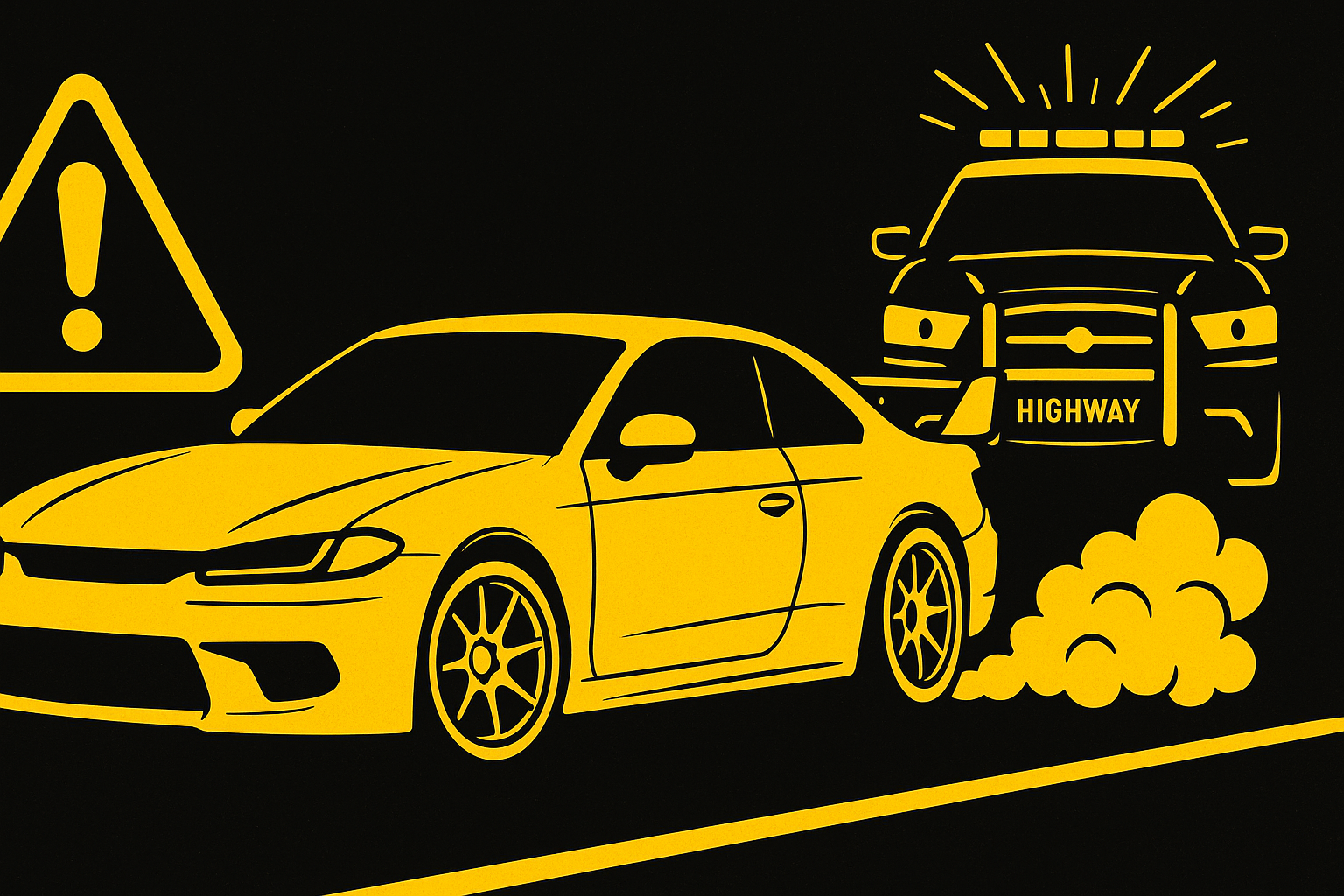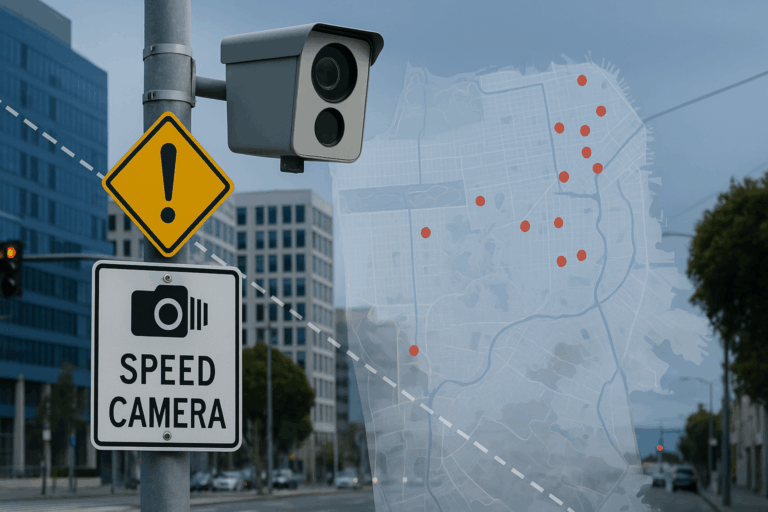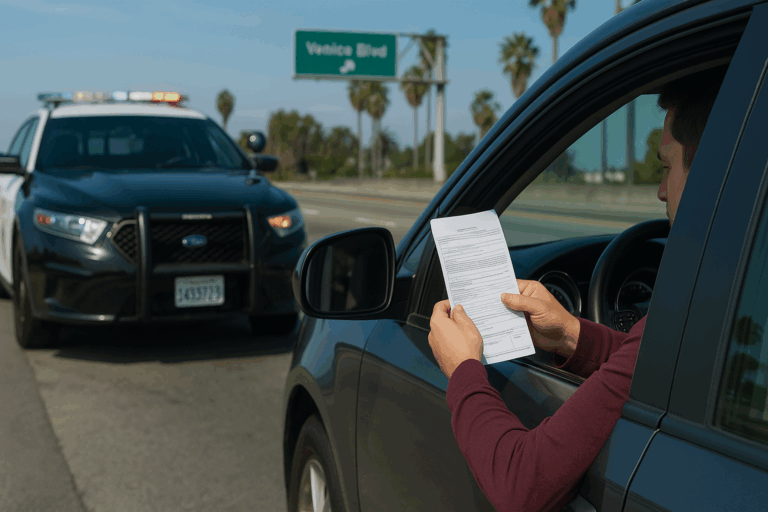Whether it’s an intersection without much traffic or a rushed day, it is easy to glide through a stop sign if no vehicles are in sight. Often referred to as a California rollstop sign, this practice may result in a ticket and a point on your driving record. Here are some tips about this common traffic violation.
- Rolling Stops Have Consequences
Some drivers think a rolling stop isn’t a big deal and assume they will just get a warning. In reality, officers consider rolling stops a hazard to pedestrians, bike riders and other vehicles, and they do not overlook them.
- California Law Is Specific
According to Code 22450 VC, all drivers must make a complete stop at every stop sign. This means all wheels have stopped, and the speedometer is at zero. The law also states the driver must stop at the white line on the road, also called the limit line, or at the entrance to the intersection if there is no line.
- Violations Cost Money
The rolling stop ticket costis not cheap. At present, it is approaching $250. Other expenses, such as insurance premium increases, also add to the financial impact, so contacting traffic ticket lawyers may make sense.
- Violations Can Mean Traffic School
A rolling stop ticket puts one point on your driving record, but completing traffic school may remove the point from your license. If you have multiple offenses on your record, the court may order you to attend this program, usually held on evenings or weekends.
- Railroad Stop Signs and Red Lights Pose Dangers
Rolling through a stop sign at a railroad crossing constitutes a serious violation with a steeper fine because it causes imminent danger. If an officer observes a motorist rolling through a red light, he may choose to issue either a rolling stop ticket or a red light violation.
Law enforcement agencies in California issue a rolling stop ticket because the practice endangers everyone on the road. If you get caught up in this situation, consult with reckless driving lawyers for advice on steps to take.



